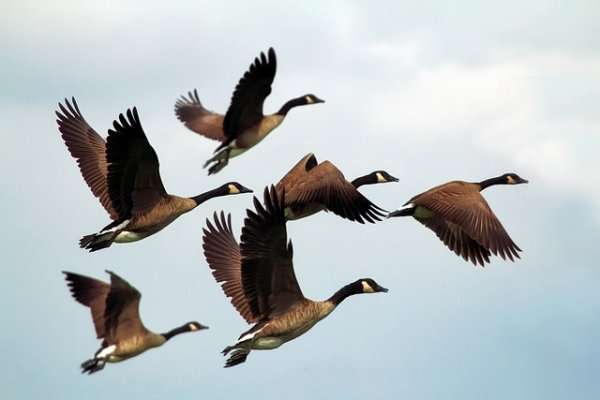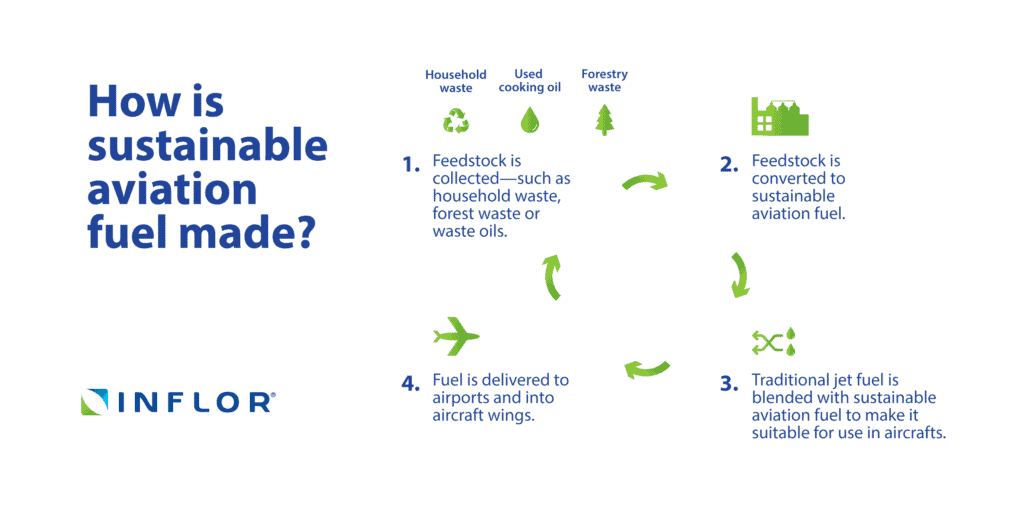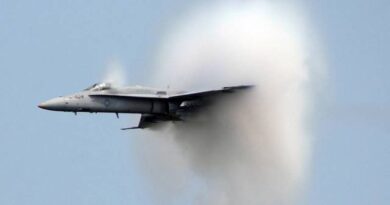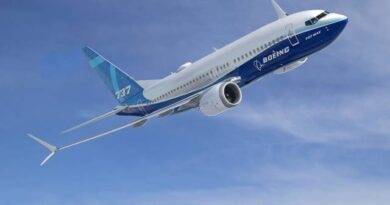Can Planes Fly Like Birds to Save Fuel and Help the Planet?
Airplanes have been flying across the skies for over a century, but the way they fly may soon change in an interesting way—by mimicking birds. Scientists and engineers are exploring a fascinating concept called “Fello’fly,” which aims to have planes fly in a V-formation, just like migratory birds. The goal? Save fuel, reduce emissions, and promote sustainable aviation.
Why Do Birds Fly in V-Formation?
When you see geese flying south for the winter, they often form a V-pattern. This formation helps them conserve energy. The lead bird creates air currents that reduce drag for the birds behind it, allowing them to fly longer without getting tired.
Airbus and airlines like Delta are now studying how the same principle can work for airplanes.

What Is Airbus’ Fello’fly Project?
Airbus launched Fello’fly to explore how commercial planes could fly together in formation to save fuel. By positioning aircraft carefully in the sky, the plane flying behind can take advantage of the updraft created by the one in front, just like birds do.
This project is part of a larger effort to make aviation more sustainable. It aligns with goals like net-zero carbon emissions by 2050.
How Does Flying in Formation Save Fuel?
The idea behind Fello’fly is simple:
- When a plane flies, it leaves behind swirling air currents, known as wake turbulence.
- A trailing plane, if positioned correctly, can glide through these air currents, reducing the energy it needs to stay in the air.
- This can lead to fuel savings of 5% to 10%, according to initial studies.
Over time, even small savings per flight add up, reducing both fuel costs and carbon emissions.
Challenges of Flying in Formation
Flying planes like birds sounds exciting, but it’s not as easy as it seems. There are key challenges:
- Safety and spacing: Planes need to maintain a precise distance to avoid turbulence and collisions.
- Coordination between airlines: Pilots, air traffic controllers, and airlines need to work closely to ensure formation flying is efficient and safe.
- Technology upgrades: New systems are needed to help planes automatically adjust their positions while in formation.
Airbus is working with air traffic management experts to solve these challenges and make formation flying a reality.
How This Fits Into Sustainable Aviation
With climate change becoming a major concern, the aviation industry is under pressure to reduce its environmental impact. Formation flying isn’t the only strategy being explored. Other innovations include:
- Sustainable aviation fuels (SAF): These biofuels emit less carbon than traditional jet fuel.
- Electric and hydrogen-powered planes: While still in development, these technologies promise zero-emission flights in the future.
- Improved air traffic management: Optimizing flight routes can reduce fuel consumption.
Formation flying could complement these efforts and serve as an easy-to-implement strategy in the short to medium term.

The Role of Airlines and Manufacturers
Major players like Delta Air Lines are actively collaborating with Airbus on the Fello’fly project. Delta sees this as an opportunity to reduce operating costs while meeting sustainability goals. By testing and refining the concept, they aim to prove that V-formation flying is more than just a theory—it’s a practical solution.
What’s Next for Formation Flying?
Airbus plans to continue testing and refining the technology through 2025 and beyond. If successful, we could see formation flying become standard on long-haul routes, especially over oceans where airspace is less crowded.
Conclusion: A Simple Idea with Big Potential
Mimicking the way birds fly could revolutionize aviation. By flying in formation, planes can save fuel, cut costs, and reduce emissions—all without major changes to existing aircraft. While challenges remain, the potential benefits make this an exciting development for the future of sustainable air travel.
As Airbus and its partners push forward, we may soon see the skies filled with planes flying in graceful V-formations, just like nature intended.


